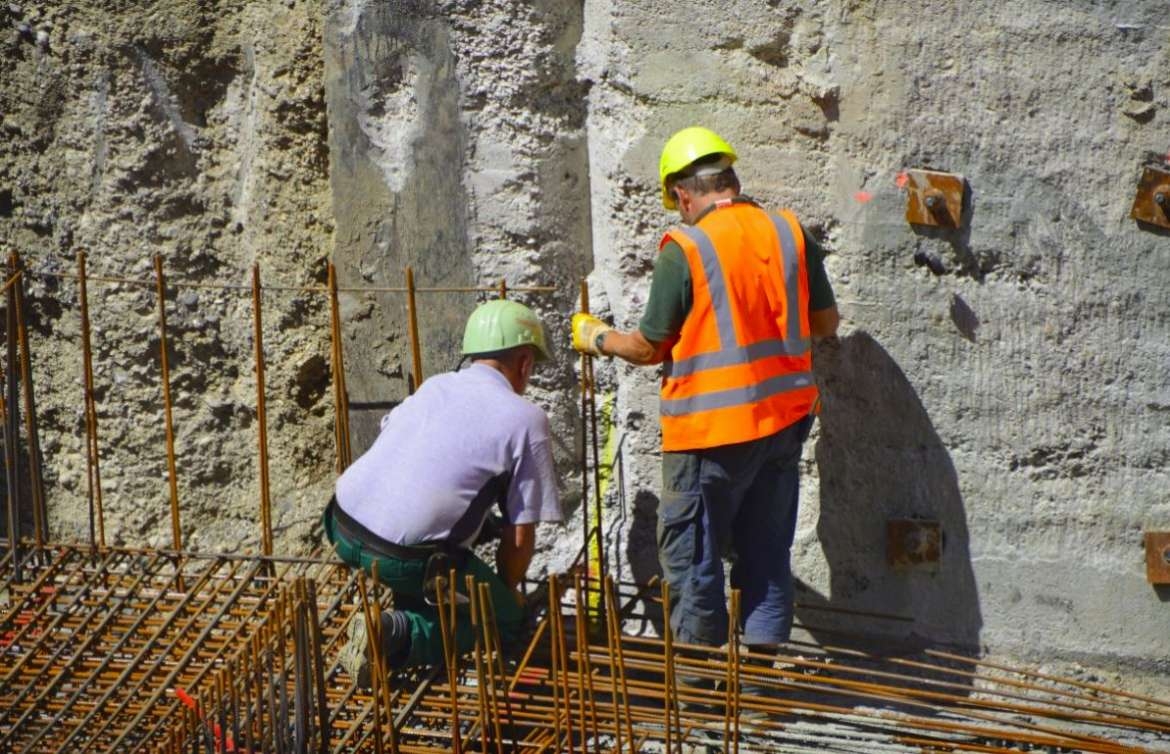Led by Ljubljana, where the average price of a used flat rose by 40% to EUR 2,800 per square metre between 2014 and 2019, Slovenia has seen one of the fastest housing price growth rates in Europe in recent years. The Ljubljana Public Housing Fund (Javni stanovanjski sklad Mestne občine Ljubljana) is hoping to ease the pressure with some 240 new subsidised rental units in the coming two years.
The fund announced that 174 flats being built at Brdo on the western edges of the capital are in the final stage of construction, while work has also started on 156 units emerging as part of the Rakova Jelša II project in the south of the city. The target year for completion is 2022.
Moreover, next year is planned to see the start of construction for Jesihov štradon, a housing estate south-east of the city centre that will have 44 units, and the Litijska Pesarska project in the eastern part of Ljubljana, which will feature 95 non-profit rental flats.
Additional relief is meant to come with the help of 88 flats in the eastern borough of Zelena jama. The fund said it is in the final stages of the talks for the project and hopes to start with construction this year already.
While data by the Surveying and Mapping Authority suggested that housing prices growth in Ljubljana came to a halt already before the coronacrisis, data by the Statistics Office showed the prices of used flats were still up in the first half of the year by 4.7% year-on-year and by 1% compared to the last quarter of 2019.
According to OECD data, housing prices in Slovenia rose by 24% between 2015 and 2019, which compares to a eurozone average of 14%.
Meanwhile, efforts addressing the lack of supply in the capital amid favourable loans have also come from private investors, a large portion of whose projects has however also been targetting the well-heeled.
Recent examples include the emerging Schellenburg project at the site of Kolizej, an Austro-Hungarian-era army housing complex that was pulled down in 2011, and the Šumi project opposite the Drama theatre.
Major residential tower projects are also in the making, in particular in the northwestern borough Šiška. Slovak developer Corwin announced just today that construction work has begun on its EUR 45 million Kvartet project that involves four 15-storey towers with a total of 221 flats.
A similar project, estimated at EUR 40 million and featuring two 21-storey buildings with around 220 apartments in total, was announced for Šiška last year by Spektra Invest, which is connected to businessman Izet Rastoder and Zetagradnja, the biggest investor and builder in Montentegro.

